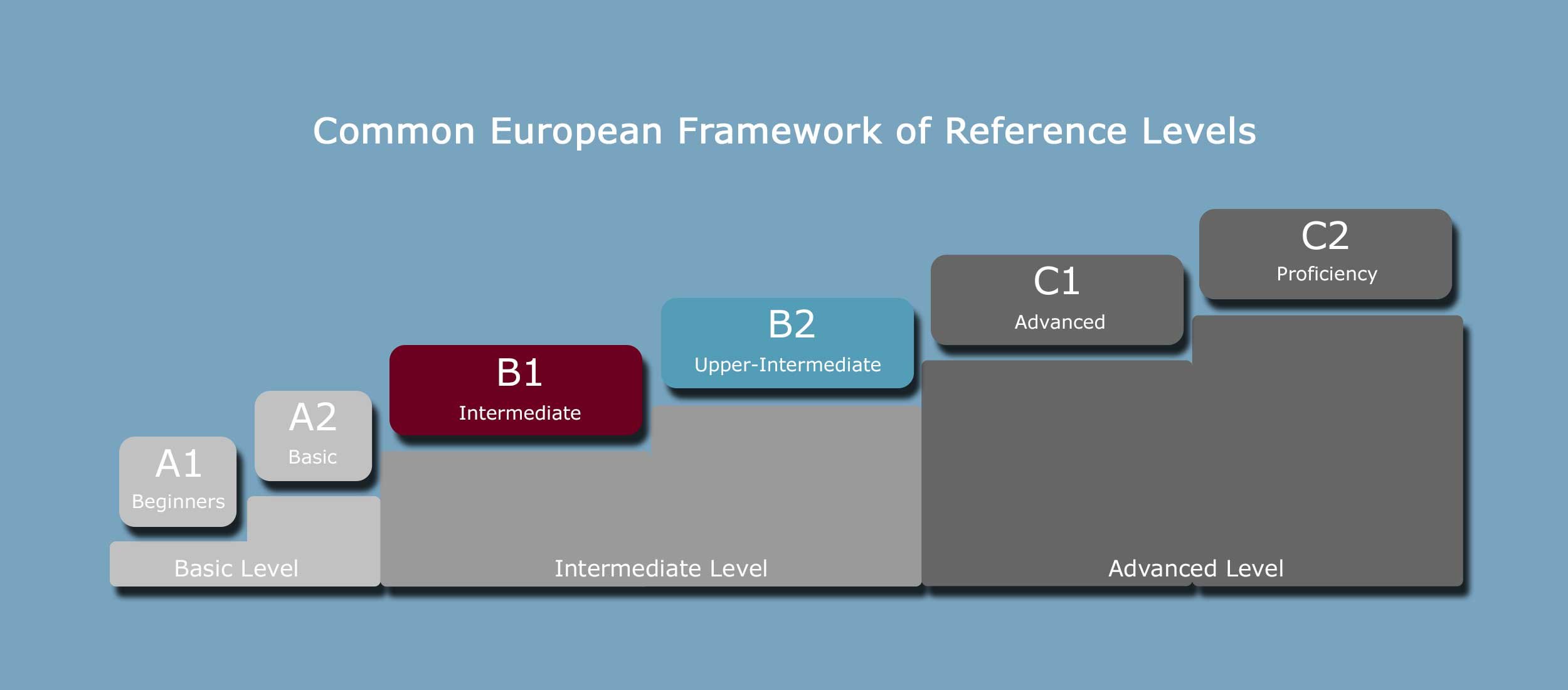Understanding CEFR Levels: A guide for language learners
After many years of research in 2001 the Common European Framework of References (CEFR) for Languages was published. This framework is a system that is used to measure and describe language levels for foreign language learners. It describes what language users who have acquired a new language can do and how well and efficiently they do it. It is useful to know about CEFR if you are studying English because it is often used in language schools, in educational materials such as textbooks, and exams.
The CEFR divides language proficiency into six levels, from A1 for beginners, up to C2 for those who have mastered a language.
A1 - Beginners
A2 - Basic
B1 - Intermediate
B2 - Upper-Intermediate (Fluent)
C1 - Advanced (Fluent with increased nuance and understanding)
C2 - Proficiency (As fluent as a native speaker)
The levels are based on a series of statements that describe the things you can do in the language you are learning. For example, at level A1 a learner can introduce themselves, and at level B2 they can speak about a wide range of subjects. The statements cover five language skills: spoken interaction (having a conversation), spoken production (what you can say), listening, reading and writing.
Are you an intermediate English learner at level B1 or B2?
Our 1-on-1 lessons, videos and podcasts are designed for intermediate English learners at level B1-B2. The guide below will help you determine your English proficiency level:
CEFR-level B1 - Intermediate
-
I can engage with a degree of fluency and spontaneity that makes regular interaction with native English speakers possible.
I can take an active part in discussion in familiar contexts, accounting for and sustaining your views.
-
I can present clear, detailed descriptions on a wide range of subjects related to your field of interest.
I can explain a viewpoint on a topical issue giving the advantages and disadvantages of various options.
-
I can understand extended speech and lectures and follow complex lines of argument provided the topic is reasonably familiar.
I can understand most TV news and current affairs programs.
I can understand the majority of films in standard dialect.
-
I can write clear, detailed text on a wide range of subjects related to my interests.
I can write an essay or report, passing on information or giving reasons in support of or against a particular point of view.
I can write letters highlighting the personal significance of events and experiences.
-
I can read articles and reports concerned with contemporary problems in which the writers adopt particular attitudes or viewpoints.
I can understand contemporary literary prose.
CEFR-level B2 - Upper-Intermediate
-
I can handle most situations that arise while travelling in an English speaking area.
I can engage in conversation without preparation on topics that are familiar, of personal interest or pertinent to everyday life. For example work, family, travel, current affairs or hobbies.
-
I can link simple phrases in order to describe experiences and events, my dreams, hopes and ambitions.
I can briefly give reasons and explanations for opinions and plans.
I can narrate a story or relate the plot of a book or film and describe my reactions.
-
I can understand the main points of clear spoken English on familiar matters regularly encountered in work, school, leisure, etc.
I can understand the main point of many radio or TV programs on current affairs or topics of personal or professional interest when the delivery is relatively slow and clear.
-
I can write simple connected text on topics which are familiar or of personal interest.
I can write personal letters describing experiences and impressions.
-
I can understand texts that consist mainly of every day or job-related language.
I can understand the description of events, feelings and wishes in personal letters.
Free English Online level test
Do you want to know your English level?
You can check your English level in minutes with a free online English level test. Just go to the British Council website, enter your email address and take the 5 minute English level test.
Personalized English lessons that achieve your objectives
Each lesson lasts 50 minutes. Personalized to meet your language needs. Enhances your speaking and listening skills and builds your confidence.
Lessons take place on the Preply online language learning platform.



